Craft CMS vs Squarespace
6 min read
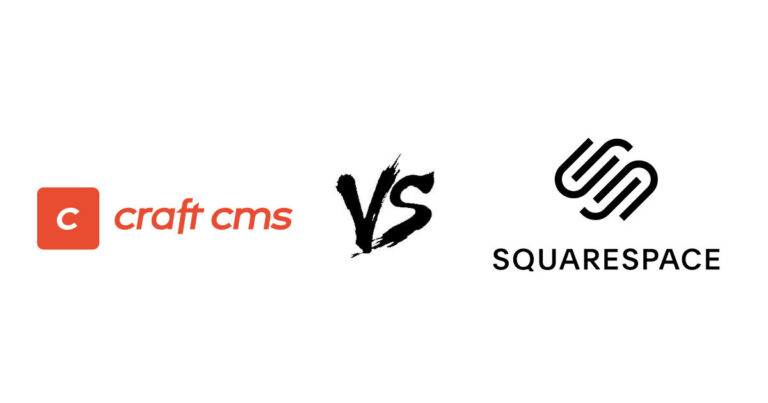
Craft CMS vs Squarespace: Why we chose Craft
Whilst we’re a Craft Partner and might be deemed to have a biased view, we’ve worked with website builders in the past, Squarespace and WordPress alike, and we made the switch to Craft CMS back in 2016. We wouldn’t ever look back and that’s not just for our clients, it’s for us as a business too.
Squarespace is relatively easy to use for non-developers looking to get a website up and running quickly. Though, when it comes to business, whilst Squarespace might be easy to learn with tech support and stable plugins - it’s not going to achieve unique customer journeys, custom-made designs for your brand (not templates!) and a backend system that’s a pleasure to work with for content managers.
Whilst Craft CMS looks something of the underdog amongst the likes of WordPress, Squarespace and Wix, we’re firm advocates and Craft is only on the rise with over 70k websites, 148 Craft Partners worldwide and 3.4k members of an ever growing developer community. Worried there might be a shortage of support? No chance
An Overview of Squarespace and Craft CMS
Squarespace has its limitations as a SaaS website builder. It has two versions, one for those without development skills and one for those with, and the latter allows access to the source code for a degree of bespoke functionality, templates and navigational structure. It offers a somewhat “all-in-one” platform from build, maintenance, its CMS, templates, hosting, e-commerce, support and if required, a domain.
Whilst it sounds like a one-stop-shop for a functioning website - it doesn’t offer a completely comprehensive and hard-working marketing tool. Why? Unless the website creator in question has an in depth knowledge of user experience, digital design, website functionality, and backend structure, it’s never going to perform to the level a bespoke website will - such as a Craft CMS website.
Craft CMS is 100% customisable - designers and developers can build a website to a clients exact needs, making it easy to create and manage content, whilst maintaining a secure, scalable and supported platform. It was designed for developers to build from the ground up and there are over 600 Craft CMS plugins available to make it seamless for content managers and a user’s experience.
Customisation
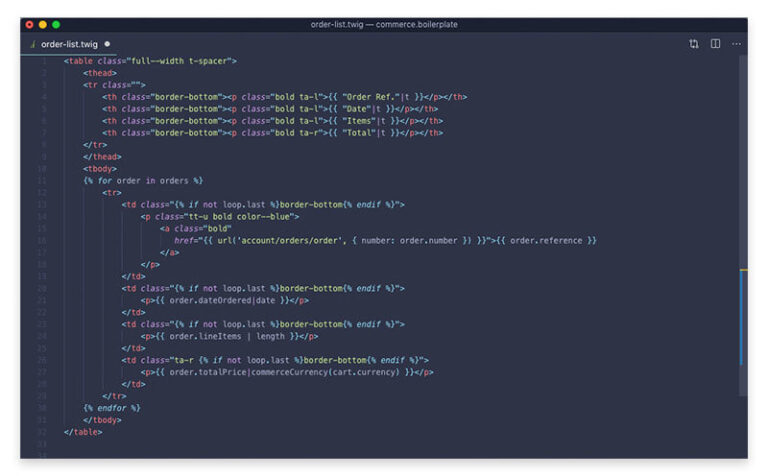
Squarespace has a range of templates available and if a developer is on hand to offer their services, access can be gained to the code for more custom design and functionality. However, it’s not easy to steer away from a template/theme - they’re easy to spot and due to their generalisation, they’ll never quite work for an audience as well as a website that’s been specifically designed for a brand’s users; based on their behavior, their pain points and their needs. And if a developer isn’t available, a business looking to build a website through Squarespace will hit a wall of blockers and obstacles when it comes to design, functionality and limited plugins.
Craft CMS is fully customisable and whilst it’s not a website builder through Saas - a Craft developer builds from the ground up and doesn’t simply manipulate someone else’s code and templates. That means that websites are entirely customisable, from design to functionality to how the backend relationship works for ease of use for content managers.
A worry over the years for businesses, is that Craft CMS doesn’t have enough plugins to combat their needs, but there are over 600 available on their plugin store, with many developers creating new additions all the time. Squarespace, however, isn’t an open source platform, so it limits the use of any plugins outside of those created by Squarespace - that means if you’re wanting to integrate advanced functionality or a very specific plugin, it’s not going to be possible with Squarespace, which leads us onto scalability.
Scalability
A website is a living, breathing marketing tool and even when it’s built and set live, it’s never finished. A lot of websites will be redesigned every 3-years due to the changing landscape of digital and the web. A website should grow with a business and scalability is a key factor for those that want to thrive.
Squarespace doesn’t offer much in terms of growth and expanding a website as a business grows. Craft CMS, however, offers an endless solution for scalability and interactions, whether that’s growing a global business, adding an ecommerce arm or branching out with sub domains. Craft can be as small as a one-pager to a multi-faceted marketing and ecommerce site.
CMS and Content Control
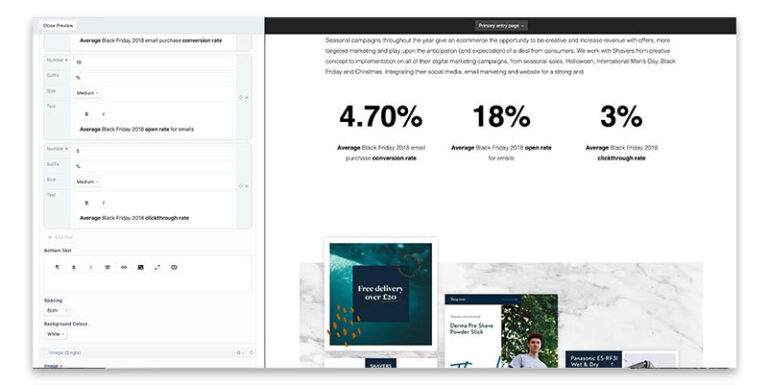
Squarespace is a website builder and Craft CMS is in the name; a Content Management System. For those that are unsure, that means that, Squarespace focuses on the front-end appearance of a website and how it looks to customers. They work on ‘drag-and-drop’ functionality and allow someone to build a website quickly. That, however, means very little focus is placed on the actual content of the website and what, in essence, sells a service, solution or product.
However, Craft CMS (and a CMS in general) focuses on every aspect of a website from its fronted, backend, functionality, web performance, content, etc. It’s an in-depth platform that ensures a great looking appearance, whilst being able to control and manage content in the backend with ease.
The core differences in achievement are simple; Squarespace a person can learn themselves, Craft CMS you will need a designer and developer.
Though, Craft CMS pages are designed and developed in such away, they work in components and blocks, so it the backend when managing content, it’s super easy and quick to build and manage the content. It allows the website owners to build completely blank pages in minutes, whilst maintaining site design, structure and customer journeys.
Ease of Use
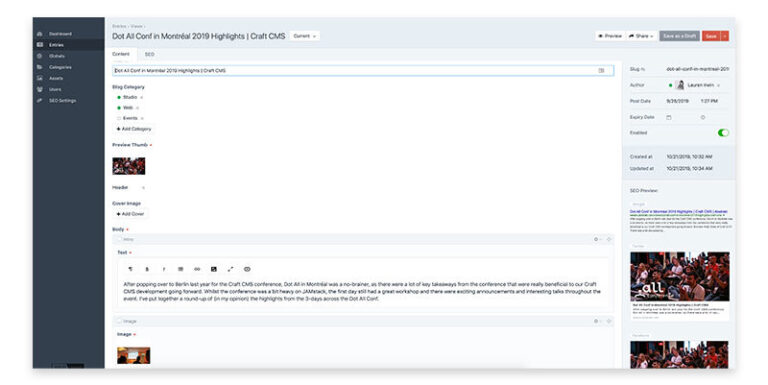
Whilst Squarespace is made to be easy as a website builder so that literally anyone can pick it up and build themselves a website - Craft CMS is made easy by its developers so that the clever content types and relationships between content in the backend makes perfect sense. It’s not a straight-out-of-the-box structure, it’s made to intuitive and reflective of the business and their goals and content requirements.
Stability and Security
Squarespace is a cloud-based platform and so, updates and installs are automatically refreshed without any need for manual upgrades. Whilst that makes it sound secure, seeing as, there’s very little room for human error and malfunctioning plugins that create a security risk; it means that if Squarespace themselves had an issue it wouldn’t just be their site down, it’d be everyone who had domain and website built on Squarespace too.
And there certainly isn’t a perfect software with no flaws and bugs lurking in the platform and Craft has its moments. However, Craft take platform stability and security very seriously and the team at Pixel and Tonic (the creators) work tirelessly and very quickly to iron out any issues should they arise. In any instances of a security related bug, Craft can get the fix deployed quickly to their users with Craft's one-click auto-updating.
Support and Community
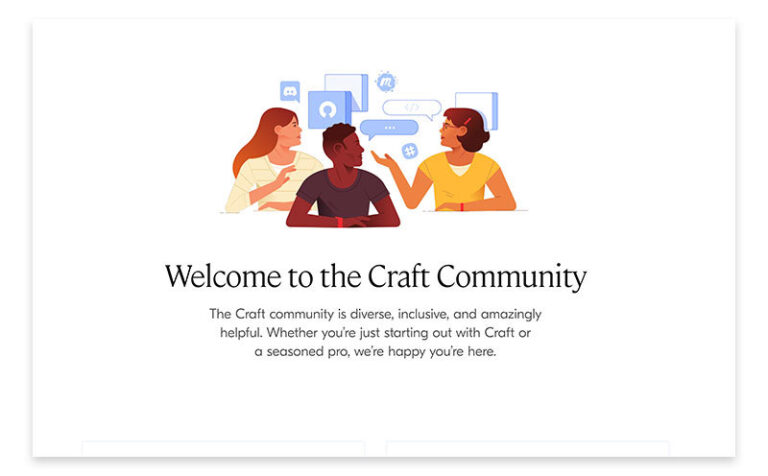
Whilst Squarespace has a community forum, webinars, and hundreds of thousands of websites live, it’s very much a ‘do it yourself’ deal - in that, it’s a website builder, and it’s been made to keep it simple for anyone to use and that’s not necessarily big businesses.
It’s focus is on photographers, musicians, creatives, etc. for portfolio use and small businesses and ecommerces are more of a secondary audience. And they should be, for Squarespace at least, as the whole point of the builder is that they work on templates and when it comes to business, one size definitely doesn’t fit all.
Craft’s community, however, is ever growing with more and more developers taking up the platform because of its flexibility and allowance for customisation. There’s a comprehensive library and support database, as well as a strong and supportive community on Craft’s Discord group too. They actively promote discussion, thought leadership, developers and plugin developers and encourage knowledge sharing too. Their yearly conference, Dot All, is a brilliant opportunity for developers, designers and marketers to meet Craft-minded people from all over the world. There are now 148 agency partners using Craft as their development platform and that’s rapidly increasing.
When it boils down to it, Craft was never designed to compete with website builders or other popular CMS platforms such as WordPress. It was made for developers to really shine and have the flexibility and opportunity to completely customise websites and give businesses the chance to truly shine in a noisy space.
If you’re looking for a quick win, needed a website yesterday or what to have more physical control over design and functionality for your business, Craft isn’t for you. Craft websites are built from scratch, are completely bespoke to your brand and business and are a solution, that in the end, will work very hard for your business.
Choosing Craft might not be the easy decision - it’s less well known and there aren’t developers and agencies in every city, however, the love for Craft and commitment to the platform from the developers who do use it is boundless.
We’ve invested a lot of time into building our relationship with Craft and continually developing all of our websites using the platform, from marketing websites to ecommerce, and it’s a secure solution for all of our clients (and ourselves!) If you want to learn more about Craft CMS, its features and scalability, then get in touch and we’d be happy to discuss both the possibilities and any concerns that you might have with moving to or trying a new platform.
Craft CMS vs WordPress
7 min read

Craft Commerce Vs Magento and WooCommerce
6 min read

